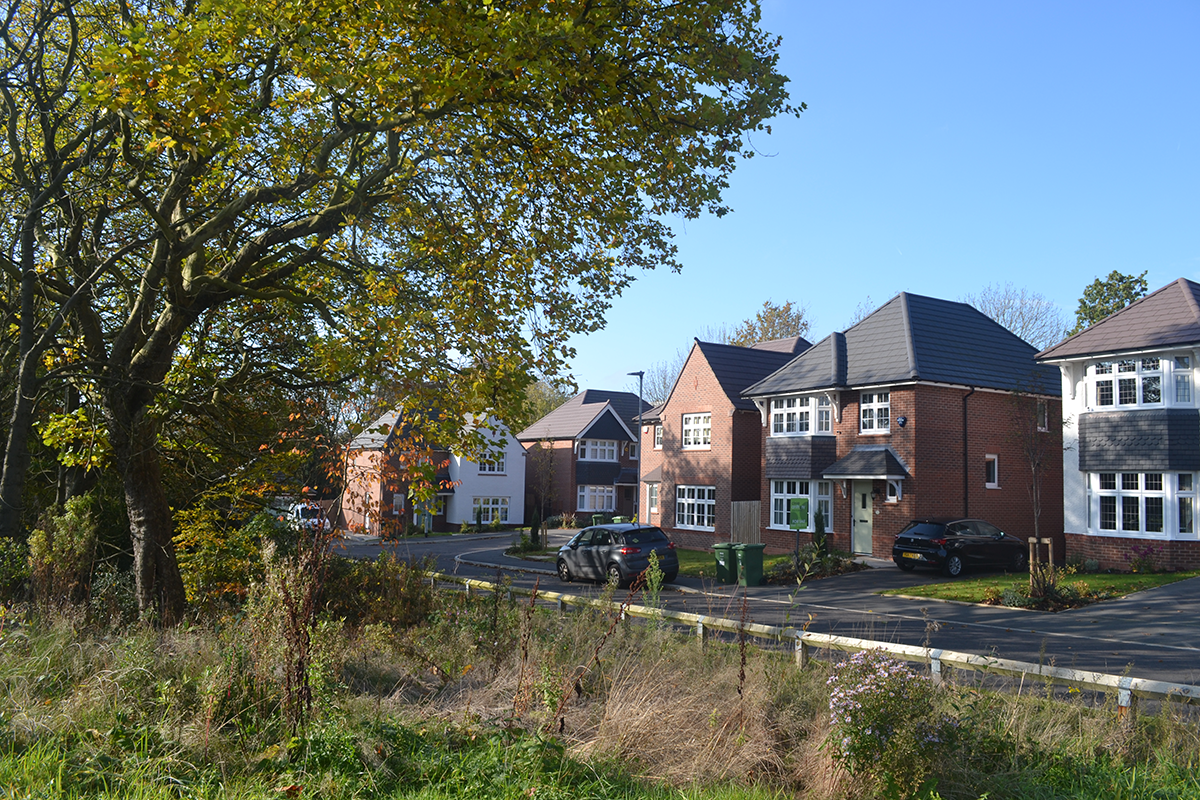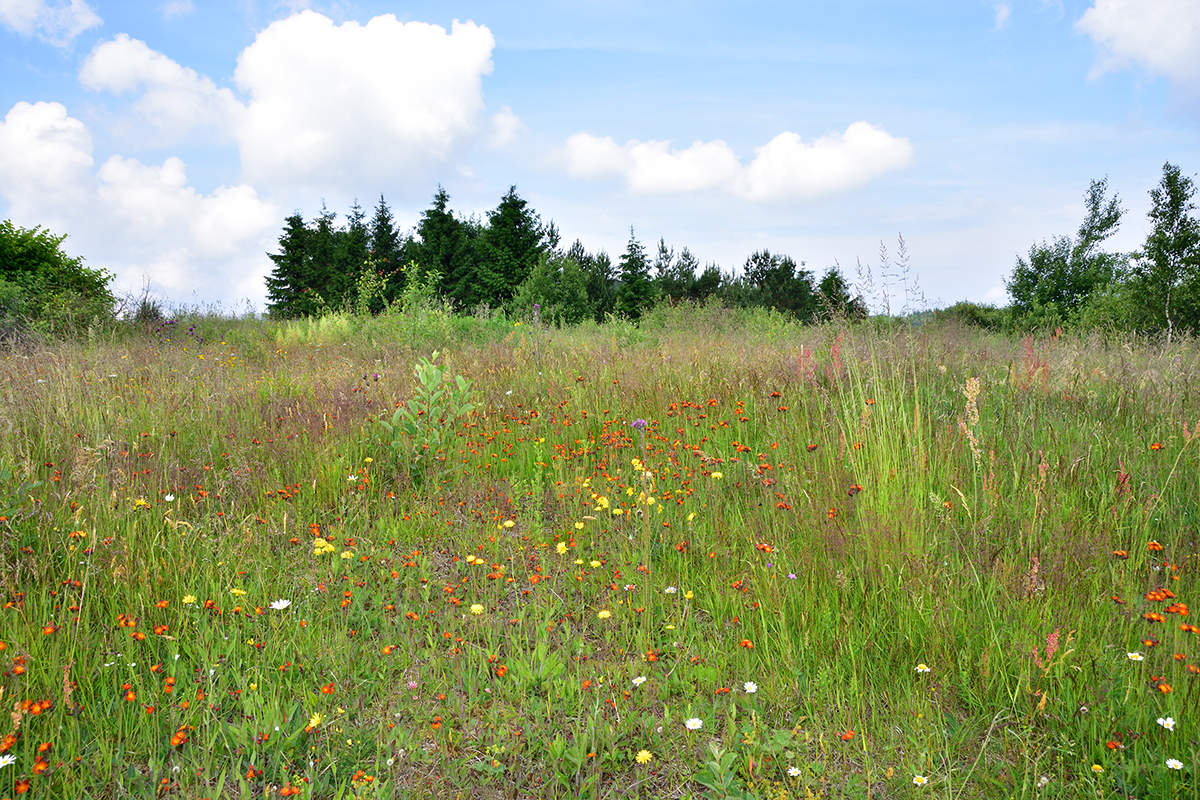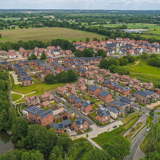On-site vs off-site habitat creation: Which is best for nature?
The passing of the Environment Bill (2021) means that Biodiversity Net Gain (BNG) is now a legal requirement for new development projects. This means leaving an area more ecologically diverse than it was before development began.
To achieve this, habitat creation is essential. At Environment Bank, we’re establishing a nationwide network of Habitat Banks, which are a simple and risk free way to implement BNG, offset carbon and restore biodiversity across the UK at scale.
The phrase “at scale” is absolutely crucial to our approach. We do not want to see a piecemeal securing of BNG, or the bare minimum given to this pursuit. In the last 5 decades alone, the UK has lost 60% of its biodiversity.
To combat the climate change emergency we face, we must commit to nurturing, monitoring and restoring the precious ecosystems without which we would not survive. We know this means habitat creation is urgent, but should this take place on-site or off-site? And which provides the best outcome for nature?

On-site creation:
On-site habitat creation is the restoration of biodiversity on the site on which a new development has taken place.
There is certainly a place in the market for on-site habitat creation. High quality developments can be created with excellent standards of green infrastructure, like parks and playing fields, and blue infrastructure, like ponds and canals.
All in all, on-site habitat creation creates spaces of higher quality for the people that surround it. Children can play in open green spaces and families can make great use of parks, but it must be acknowledged that what is best for people, is not always best for nature.
Naturally, on-site habitat creation will encourage human disturbance. Ecosystems might be disrupted by something as simple as a child playing on a meadow or the tidying up of woodland scrub. If a habitat is manicured or altered by the people who surround it, the nature restoration it delivers will always be limited.
Another key issue with on-site habitat creation is the limitation it presents in terms of size. There is lots of research that on-site habitat creation is of minimal value to biodiversity because the areas are small and fragmented. Genuine biodiversity enhancement is the delivery of nature restoration at scale, which is impossible when there simply isn’t enough space. Large commercial warehousing, logistics parks and similar, have very limited space for even great landscaping, unless they acquire additional land, which is very unlikely. To truly achieve biodiversity restoration, the sites on which habitats are created should be large.

Off-site creation:
Biodiversity loss across the UK is a major issue, which is why we believe that large scale restoration is the only way to solve it. The bigger the restoration, the more abundant the benefits.
One of the best resources we can deploy in the fight against the depletion of biodiversity is large quantities of land on which carefully managed ecosystems can thrive undisturbed. Our ideas about habitat restoration correlate with the Lawtonian Principes, which recommend that habitats should be created bigger, better and joined together.
An ideal size for a habitat creation site would be between 20-100 hectares and should be located in a rural area like a farm or large estate to minimise human disturbance. This will maximise the benefits of habitat banking because nature can be restored at scale, and farmers and landowners can benefit economically through the diversification of their land.
When a farmer or landowner agrees to monitor a habitat for 30+ years, they secure funding for the entire duration, leading immediately to an economically visible result of biodiversity restoration.
Off-site delivery can, and will, deliver the best outcome for nature and for mankind, by making a real, lasting and vital change to biodiversity levels across the UK.
If you need more information regarding BNG please get in touch or if you are looking to purchase or reserve BNG Units, please complete our unit request form.




About the author
Environment Bank